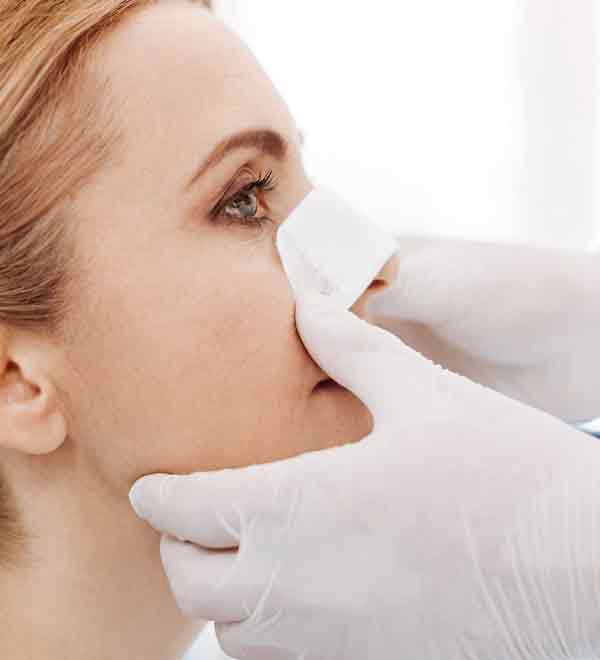
No other part of the body is as evident, unique or aesthetically significant as the face. For many people, Facial Trauma brings self-image and self-esteem issues to the fore, so I treat injuries in this area with great care and attention. Unfortunately, in certain cases some degree of scarring is unavoidable, but we do our best to minimize the visual impact of facial injuries and the surgeries required to treat them.
The main point is accident prevention. We must never forget to wear a seat belt, helmet and all possible protective equipment. The use of adequate protective equipment in sports and compliance with safety standards at work are other effective preventive measures. And finally, don’t talk on your cell phone while driving.
What is Facial Trauma?
Facial Traumas are considered all traumas in the face region, being superficial (skin, fat, muscles), deep
(bones, nerves and great vessels) or complex (eyes, nose, brain, airway).
What are the main causes of Facial Trauma?
The most frequent cause of fractures and serious facial injuries is an automobile accident. Other causes include sports trauma, physical aggression, accidents at home and at work, gunshot wounds, among others.
What are the main facial injuries?
- Simple wounds of the face (skin, fat and muscles);
- Lacerations of important structures (lips, nose, eyelids and ears);
- Lacerations with tissue loss;
- Lacerations involving deep structures (nerves, saliva and tear ducts);
- Nose fractures;
- Fractures of the jaws and orbit;
- Craniofacial injuries (skull, skull base and facial skeleton);
- Lacerations involving tissue loss.
How is the diagnosis made?
The diagnosis is made by physical examination of the wounds and, in cases of suspected fracture, radiographs and computed tomography should be associated.
What are the main goals of treating Facial Trauma?
The first step in treatment is to ensure the patient’s life. The doctor must ensure that the patient is breathing well and without serious injuries that can lead to death quickly (such as severe bleeding and damage to vital organs).
Then, the treatment aims to correct the injuries that were caused by the trauma (returning form and function to the extent possible) and preventing sequelae (such as unsightly scars, retractions, changes in vision, malocclusion and facial deformities).
How is Facial Trauma Surgery performed?
Most simple skin wounds can be treated with local anesthesia, wound cleaning, and suturing.
Facial fractures and complex injuries are treated under general anesthesia. Broken bones are usually restored using titanium miniplates and screws (which are biocompatible and do not suffer rejection).
What are the possible risks and complications?
The risk depends on the severity of the trauma and the patient’s clinical condition. Mild trauma usually does not bring any complications and extremely satisfactory results are achieved. Hematomas are common and rarely require drainage.
In severe trauma, it may be necessary to delay treatment until the patient is stable and it is not uncommon to require more than one intervention to improve the outcome.
What are the post-operative care?
Hospital stay and postoperative course vary according to the severity of the injuries. In most cases of facial fractures, patients return to their usual activities within 15 days. Stitches are removed after 10 to 15 days.
